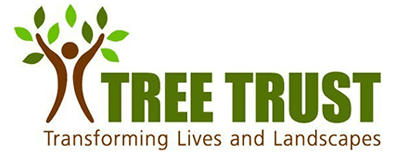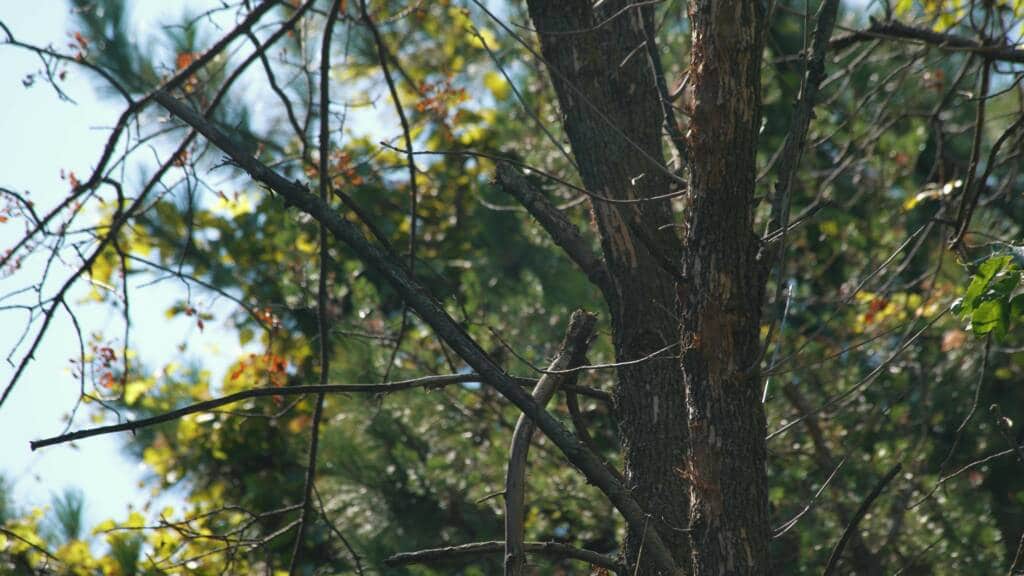
Minnesota is home to an estimated one billion ash trees that provide shade, clean air and water, and so much more. And there is a serious threat that is quietly killing the ash trees that shade our homes and neighborhoods. In 2009, the emerald ash borer (EAB) made its first known appearance in Saint Paul, Minnesota, and has since continued to devastate the urban canopy. To help stop the spread of EAB and save our community forest, let’s learn how to identify ash.
Ash Tree Identification
Here are three key attributes of ash trees:
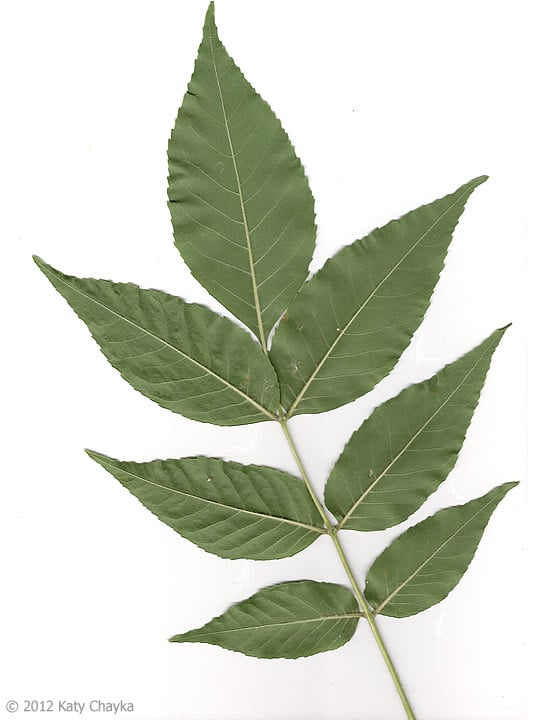
- Compound Leaf
Ash have compound leaves with 5-9 leaflets per leaf. The leaflets may be smooth or toothed with a single bud at the end of the branch.
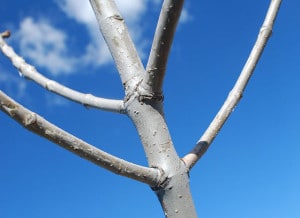
- Opposite Branching
Ash have opposite branching. This means that branches are directly across from each other rather than staggered. Keep in mind that tree limbs may die or break off, so not every branch will have an opposite mate. Branches are gray to brown in color.
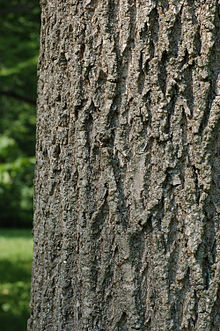
- Distinct Diamond Pattern
Young ash have smooth bark that grows into a distinct pattern of diamond shaped ridges as seen in mature trees.
Signs of Emerald Ash Borer
An attack by emerald ash borer leaves three key characteristics:
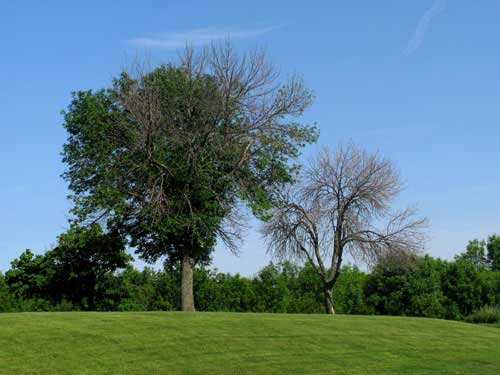
- Dieback
Dieback refers to a condition in which the tips of leaves or roots die progressively backwards. Oftentimes there will be visible patches of bare branches with no leaves in the canopy.
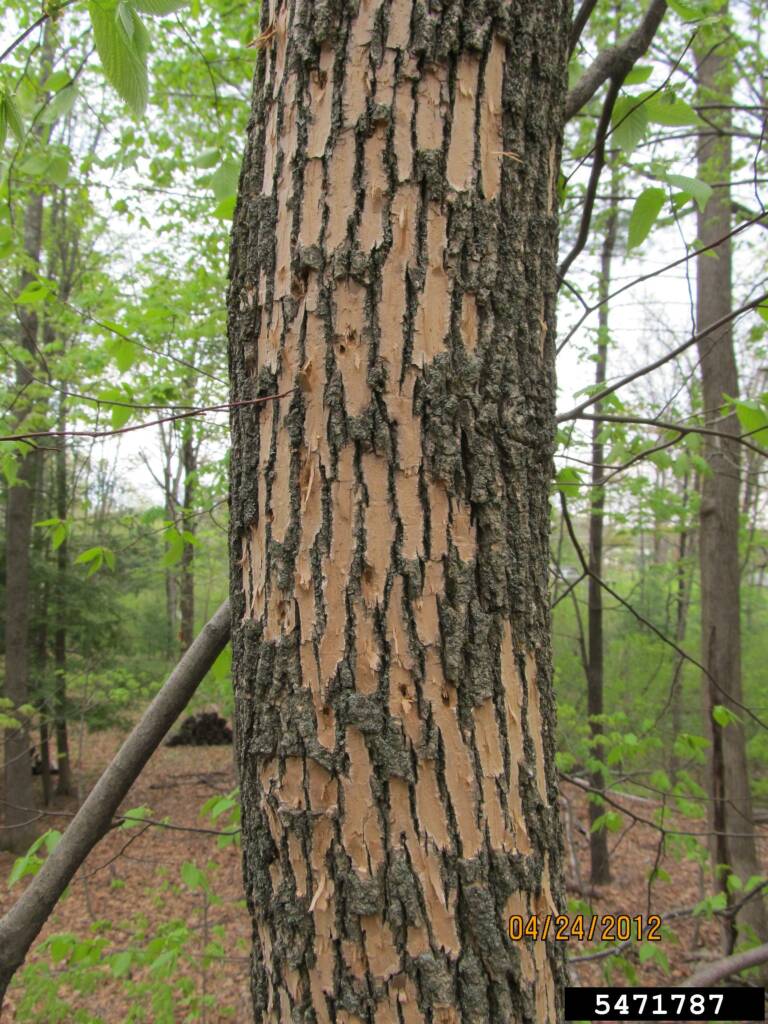
- Bark flecking or woodpecker holes
Woodpeckers feed on EAB by pecking holes on the bark, causing bark flecking (light patches) in the upper branches.
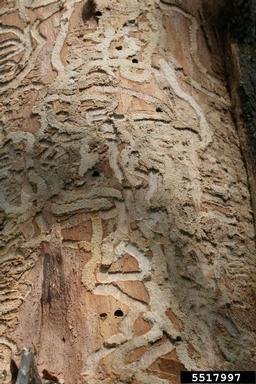
- S-shaped galleries
EAB larvae do their damage underneath the bark. Their trail of feeding tunnels creates S-shaped galleries that can be seen below the bark.
If you have an ash on your property, you will have to decide if you want to treat or remove your ash. The longer an ash is infested, the more dangerous it becomes, and the more expensive it is to have it removed. As a first step, consult a tree service company like Tree Trust Landscape Services to help you explore your options.
For more information on protecting our ash, check out our article on “Emerald Ash Borer in MN: The Do’s and Don’ts”. Other helpful resources include:
https://www.mda.state.mn.us/sites/default/files/inline-files/ashtreeid.pdf
https://beasmartash.org/do-i-have-an-ash-tree/
https://www.dnr.state.mn.us/invasives/terrestrialanimals/eab/index.html
